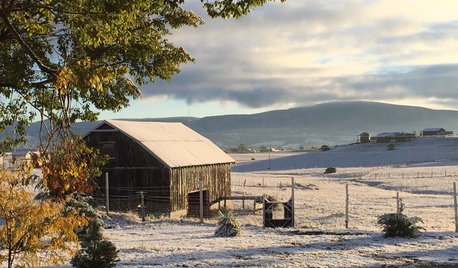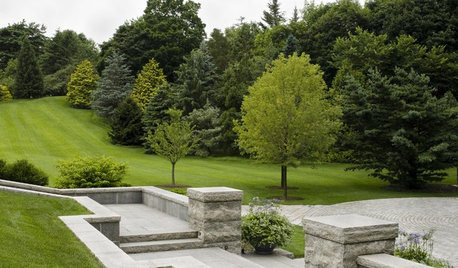Apricots in Colorado
kleepatten
10 years ago
Featured Answer
Sort by:Oldest
Comments (26)
fruitnut Z7 4500ft SW TX
10 years agojagchaser
10 years agoRelated Professionals
Allen Landscape Architects & Landscape Designers · Comstock Park Landscape Architects & Landscape Designers · Cary Landscape Architects & Landscape Designers · North New Hyde Park Landscape Architects & Landscape Designers · Washington Landscape Architects & Landscape Designers · Middletown Landscape Contractors · Springfield Landscape Contractors · Tempe Landscape Contractors · Cudahy Landscape Contractors · Manhattan Landscape Contractors · Round Lake Landscape Contractors · Thonotosassa Landscape Contractors · Wickliffe Landscape Contractors · Antioch Landscape Contractors · Maplewood Landscape ContractorsKonrad___far_north
10 years agoltilton
10 years agomilehighgirl
10 years agofabaceae_native
10 years agomilehighgirl
10 years agoScott F Smith
10 years agoolpea
10 years agomilehighgirl
10 years agomilehighgirl
10 years agoolpea
10 years agofruitnut Z7 4500ft SW TX
10 years agosteve333_gw
10 years agoolpea
10 years agoKonrad___far_north
10 years agomilehighgirl
10 years agofruitnut Z7 4500ft SW TX
10 years agoScott F Smith
10 years agobob_z6
10 years agomilehighgirl
10 years agofruitnut Z7 4500ft SW TX
10 years agomilehighgirl
10 years agofruitnut Z7 4500ft SW TX
10 years agomilehighgirl
10 years ago
Related Stories

MOST POPULARFalling for Color: 9 Ways With Pumpkin Orange
From racing stripes to accent walls, see how to work this vibrant hue into your home
Full Story
MOST POPULARHouzz Call: Show Us Your Winter View!
Share pictures of your home and garden in winter — whatever your climate, architecture and plantings
Full Story
LIFECozy Up to Winter Scenes Across the U.S. and Beyond
Houzz readers share their views of the season
Full Story
LANDSCAPE DESIGNGreat Design Plant: Retreat to the Shade of Hardy Catalpa
Big foliage and a towering height provide a shady respite in summer, but that's not all hardy catalpa offers dedicated gardeners
Full Story
EDIBLE GARDENSHow to Grow Your Own Peaches and Nectarines
Make gardening a little sweeter with these juicy fruits, which you can eat after plucking or preserve for later
Full Story
LIFEWhy We Want a House With a Great View
Research shows that just looking at nature has powerful mental benefits. Here's how to get a boost — with or without a million-dollar view
Full Story
FUN HOUZZHouzz Call: Tell Us About Your Dream House
Let your home fantasy loose — the sky's the limit, and we want to hear all about it
Full Story
LANDSCAPE DESIGN7 Great Trees for Summer Shade and Fall Color
These landscape-pro faves straddle the seasons beautifully. Could one enhance your own yard?
Full Story
KITCHEN DESIGN91 Kitchen Banquettes to Start Your Morning Right
Slide into one of these stylish breakfast nooks and stay awhile
Full Story





Scott F Smith